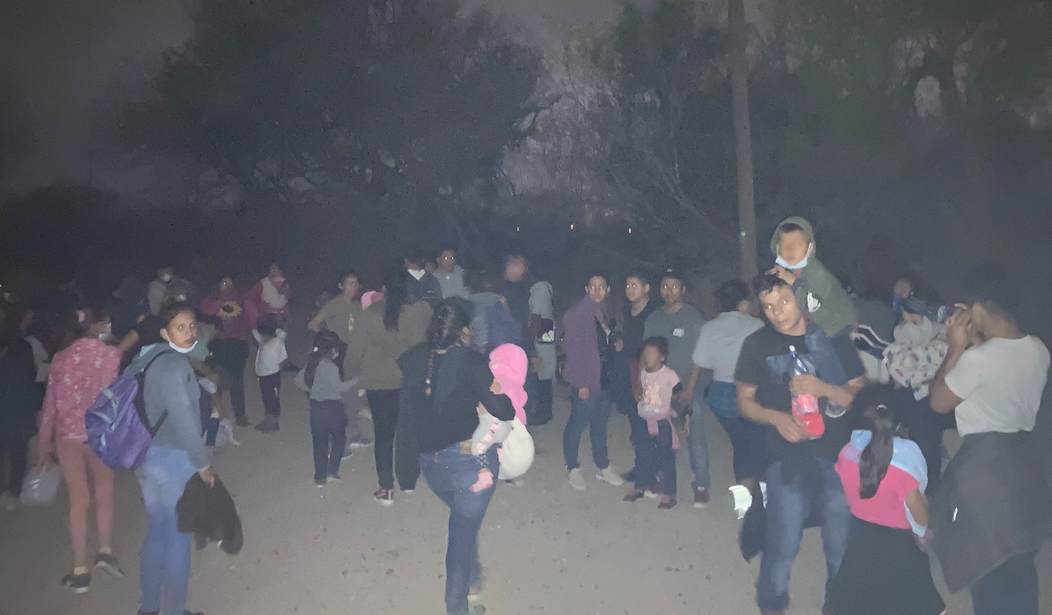President Biden assigned VP Harris the job of tackling the root causes of migration from Central America. What that appears to mean in practice is providing more aid to these countries so people are content to stay there rather than make the trek to the U.S. border.
“What we want to do both now, immediately, and over the long term is to give people hope about their futures, give them motivation to stay in their homes and flourish and try to build a better future for themselves and their children and frankly for our entire region because these are some of our closest neighbors, countries that we value,” a senior White House official said of Harris’ approach…
The White House plans to work directly with aid organizations, community groups and private sector companies it hopes can create jobs and opportunity with economic investment in those countries, the official said on condition of anonymity. Harris has not spoken at length publicly about her regional strategy.
The White House has already committed $300 million to this effort and is proposing another $4 billion on top of that over the next four years. So what are we going to get for all of this? Not much, according to a piece published today at Vox. Offering development aid to Northern Triangle countries isn’t guaranteed to reduce migration levels. In fact, the author suggests it may result in more migration as people suddenly find they have the resources to pack up and leave home.
Research on foreign aid and migration provides no evidence that foreign aid will significantly reduce migration from the Northern Triangle. In fact, it might even increase it: It takes money to seek a new life elsewhere, and countries that are more developed have more people with the resources to go.
“The overall pressure from Central America to migrate is a sign of development success in the region,” said Michael Clemens, the director of migration, displacement, and humanitarian policy and a senior fellow at the Center for Global Development. “It takes a much higher level of development in order to do the many things that it takes to aspire to migrate internationally and actually realize that aspiration.”…
“It’s magical thinking to believe that anything the US government does can eliminate the need for many families in this region to make choices involving migration,” Clemens said.
All of this is based on research by Clemens which suggests it would take generations of high-dollar aid to these countries to make a serious dent in migration to the U.S. What’s more likely in the short term is that the aid would provide more people who want to leave home the money they need to do so.
Children from the regions of the Northern Triangle with the highest poverty rates, including Gracias a Dios in Honduras and Alta Verapaz in Guatemala, were among the least likely to arrive at the US border unaccompanied between 2011 and 2016. The regions with the lowest poverty rates, on the other hand, represented the largest fraction of unaccompanied children during that period.
So while we probably can’t do much to limit migration from the Northern Triangle through aid, Clemens research found violence was a more direct influence on migration. How exactly we can reduce violence in these countries is a bit vague. There’s some mention of community-based violence prevention programs.
Vox goes on to suggest that rather than trying to limit immigration we should try to manage it so the peaks aren’t so disruptive. The main suggestion seems to be increasing legal immigration so immigrants aren’t coming in waves every spring. Clemens suggests for this to work the number of visas available to people from Central America would need to go from the current level of 66,000 to at least ten times that.
Granting hundreds of thousands of visas might spare us some of the chaos of irregular migration at the border. It might even help reduce the workload created by asylum claims which are primarily just a means to enter the country. But the result would still be hundreds of thousands of people coming to the U.S. with few skills and no English proficiency and then never leaving and using their semi-legal status to bring more people. The only real difference is they’d be overstaying their visas to stay instead of ignoring an asylum court judge. In neither case we aren’t really in control of the border, just managing the chaos slightly differently.








Join the conversation as a VIP Member